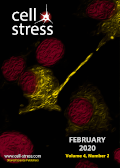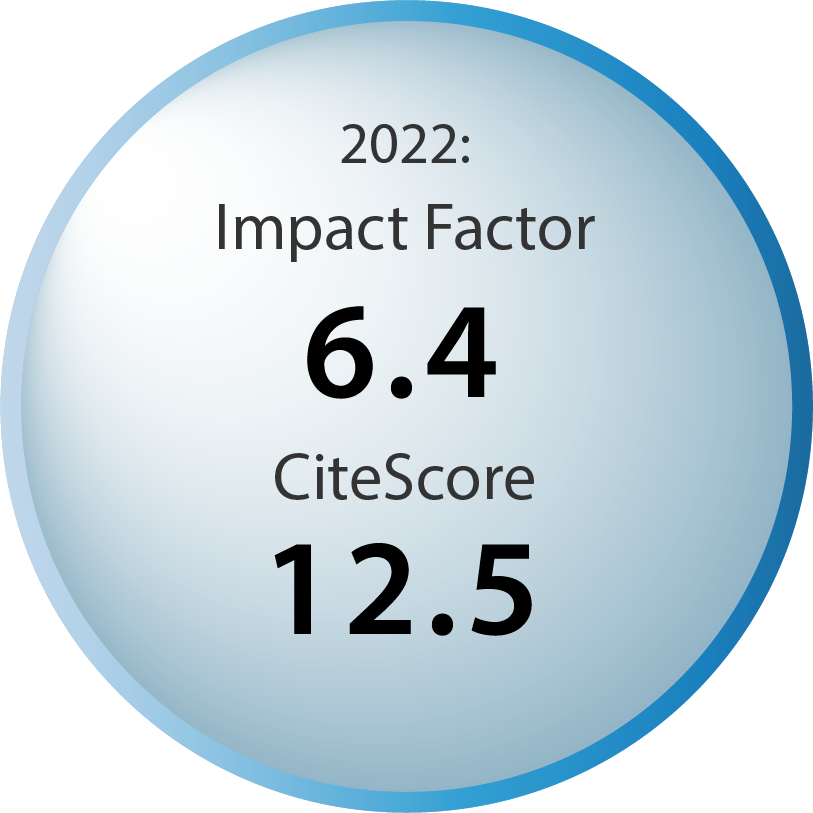Table of contents
Volume 4, Issue 2, pp. 27 - 47, February 2020
Cover: This month in Cell Stress: Cellular tunneling nanotubes (TnTs) in development. Stylized image depicts a TnT structure in adherent mesothelioma cells stained with DAPI (red) and anti-fascin antibodies (yellow). Image modified by Cell Stress. Image Source: Lou E, Fujisawa S, Morozov A, Barlas A, Romin Y, et al. (2012) Tunneling Nanotubes Provide a Unique Conduit for Intercellular Transfer of Cellular Contents in Human Malignant Pleural Mesothelioma. PLOS ONE 7(3): e33093. https://doi.org/10.1371/journal.pone.0033093. Original image licensed under the CC BY 4.0 license. The cover is published under the CC BY 4.0 license. Enlarge issue cover
ACBP is an appetite stimulator across phylogenetic barriers
Frank Madeo, Nektarios Tavernarakis, José M. Bravo-San Pedro and Guido Kroemer
News and thoughts | page 27-29 | 10.15698/cst2020.02.211 | Full text | PDF |
By continuing to use the site, you agree to the use of cookies. more information
The cookie settings on this website are set to "allow cookies" to give you the best browsing experience possible. If you continue to use this website without changing your cookie settings or you click "Accept" below then you are consenting to this. Please refer to our "privacy statement" and our "terms of use" for further information.



